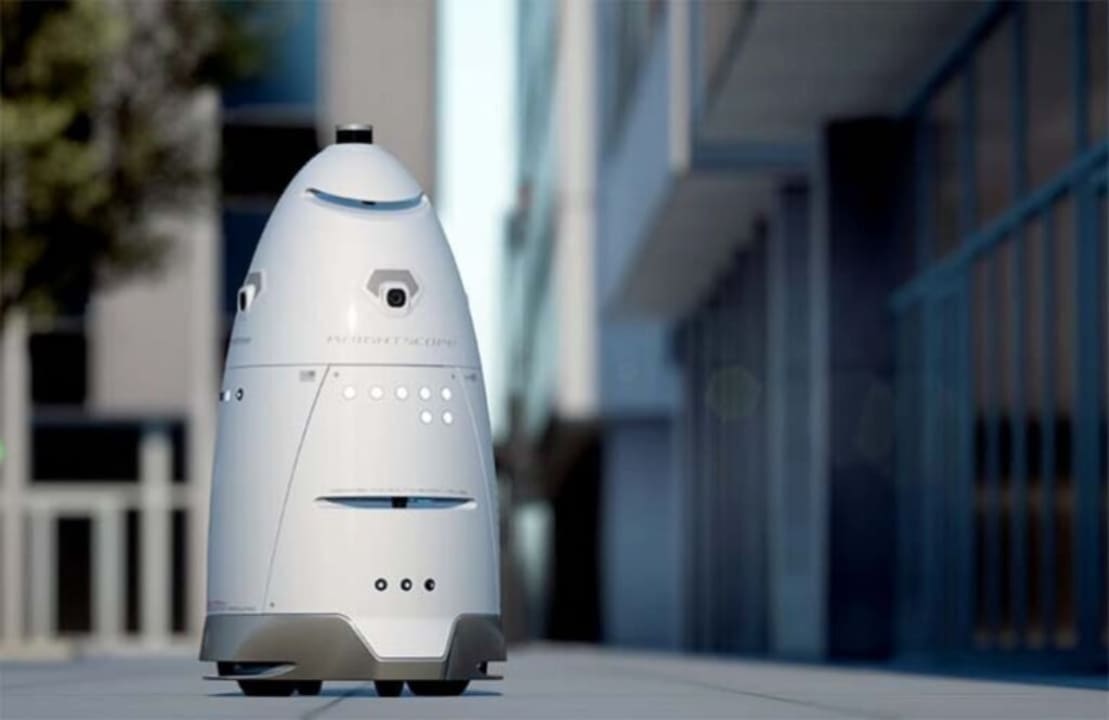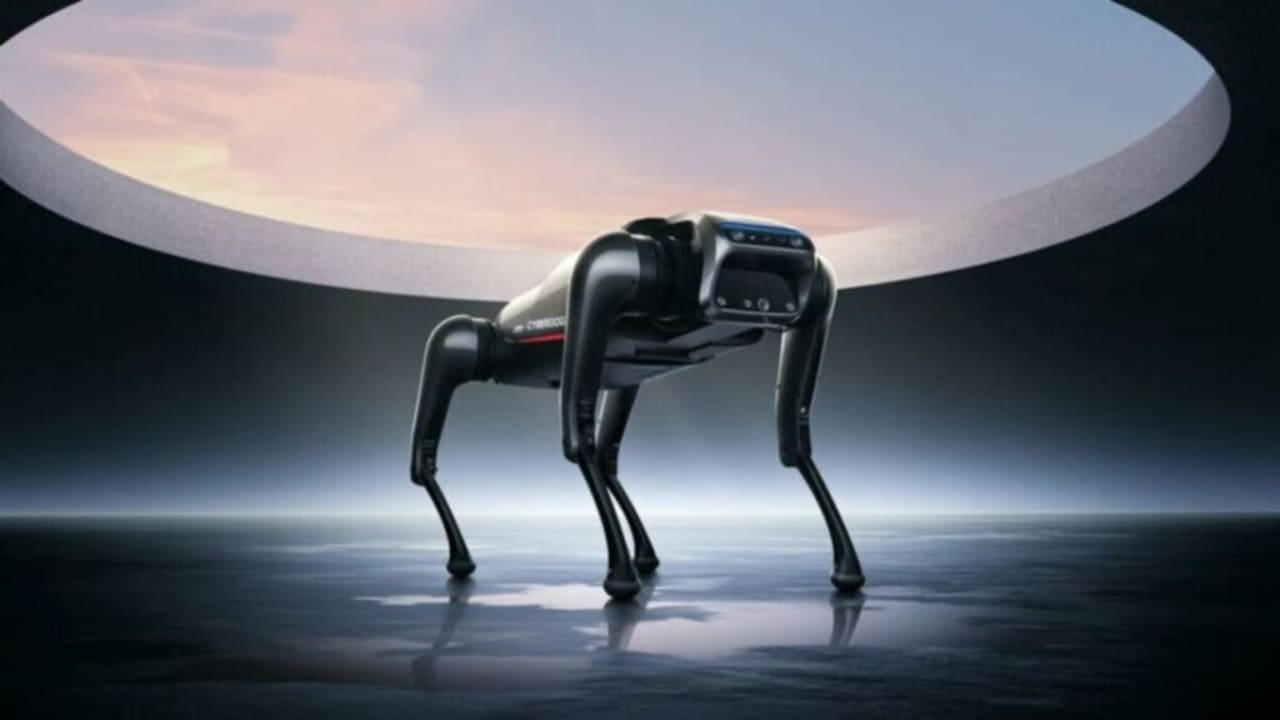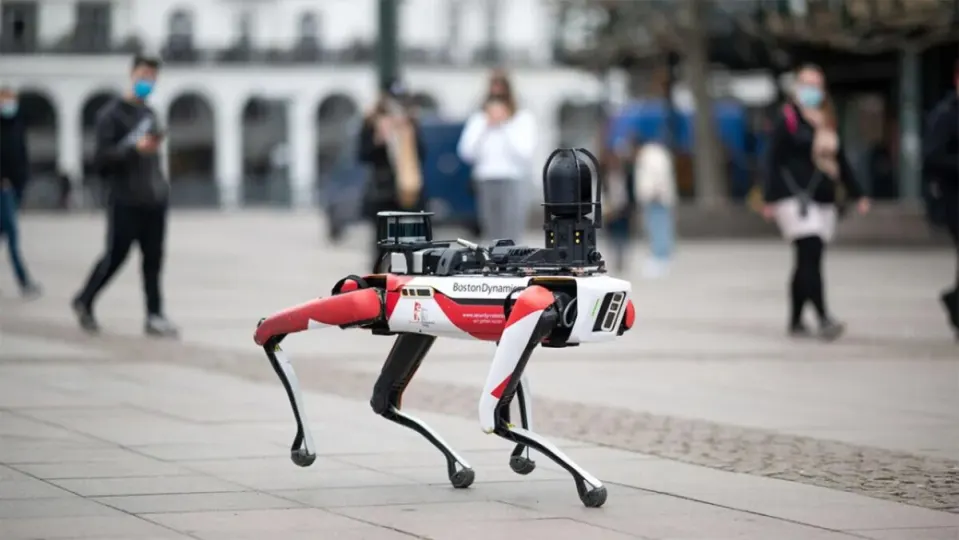Robotics is increasingly present in our lives. This Tuesday, the New York Police Department (or NYPD) announced the integration into its police forces of a set of robots, which would be destined to carry out assignments that might be too dangerous for humans.
These robo-dogs, called “Digidogs” or “Spot”, are the work of the robotics company Boston Dynamics, well known on social networks for their videos showing the new robot models they are building. Digidogs have been tried before, but the New York police eventually backed down after a strong public backlash.
With an investment of $750,000 from asset forfeiture funds (money confiscated by the police), the New York police intend to include these “dog-like” robots in their equipment in order to perform tasks that might be too dangerous for human officers, such as bomb disposal. These robots adapt very well to different environments, and can operate autonomously or by human control/guidance.
But they are not the only robots that will be part of the New York Police Department. The NYPD has also announced the future deployment in the Times Square subway station of the K5 Autonomous Security Robot, built by the company Knightscope.

The introduction of this new patrol and surveillance robot, which will always be accompanied by a human officer, has cost the New York Police Department $12,250 and will be put into operation this summer. With an appearance very similar to that of the popular Star Wars robot R2-D2, the K5 comes equipped with a 360-degree camera and a series of microphones that will be used to detect any type of suspicious activity.
Despite the usefulness that these robots may have for citizen security (which will not have any type of weaponry or facial recognition technology), various groups and associations, such as Communities United for Police Reform have shown their discontent with their deployment on the streets of New York:
“We need to invest in housing, education, mental health care and community programs that keep us safe, not invest in expensive new technologies to further criminalize us.”

Many companies are developing different types of robots. Xiaomi presented at this year’s Mobile World Congress its recent robotic models: CyberDog and CyberOne. In addition, Agility Robotics recently announced the creation of a new robot with eyes, with the aim of improving human-robot interaction.
Will they be of use to the New York police and will they be implemented in other countries’ law enforcement agencies? And, what’s more, will they end up integrating functions that allow facial recognition of citizens or even harming them?
Questions about which we can only theorize for the moment, but which let the imagination run wild, especially with the existence of fictional works such as the Watch Dogs video game saga, where similar robots serve to “keep the peace”, even being able to use “somewhat more drastic” (lethal) methods than those that will patrol the streets of New York.
Some of the links added in the article are part of affiliate campaigns and may represent benefits for Softonic.


